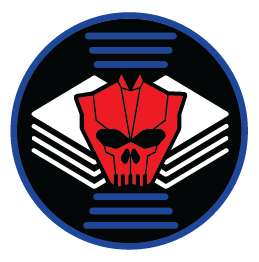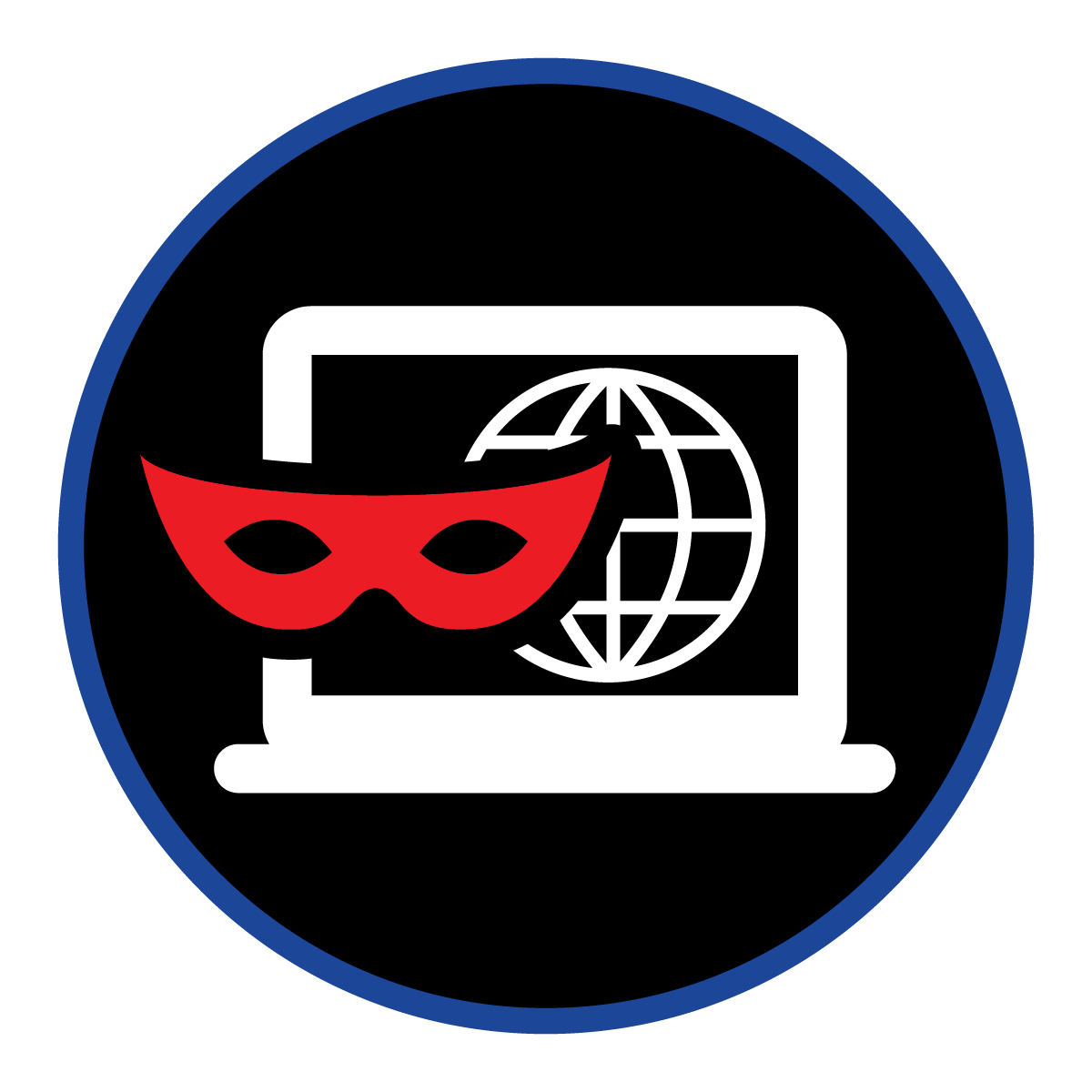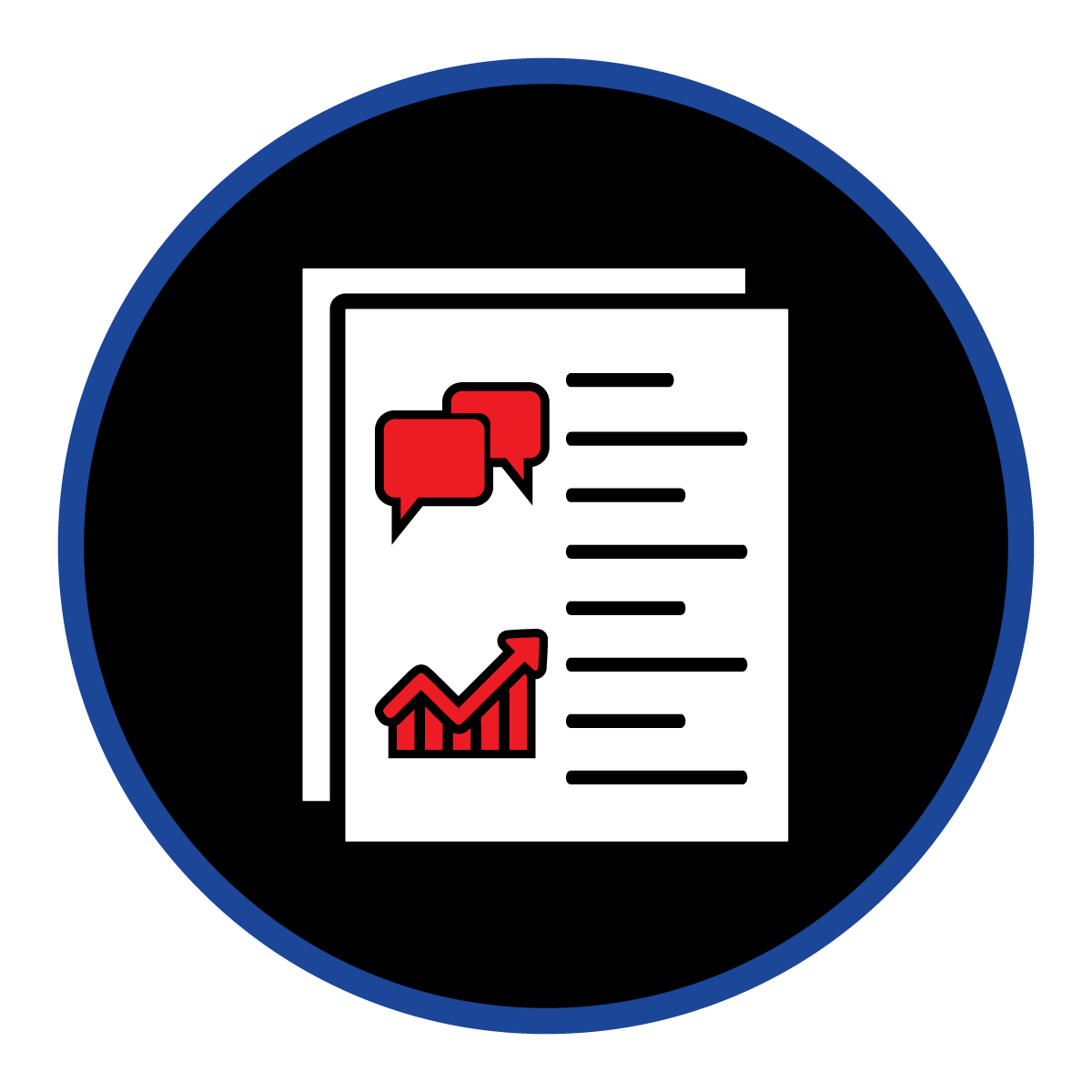
Hacker Chatter
Security Ratings
Brand Damage Susceptibility Score
Breach and Ransomware Susceptibility Score
Data Leak Susceptibility Score
Cloud and SaaS Exposure Investigation Module
Dark Web Presence Investigation Module
Domain Intelligence Investigation Module
Sentiment and Financials Investigation Module
In security ratings and cyber risk management, "Hacker Chatter" is a scoring category that assesses the level of discussion and activity within hacker communities and underground forums related to an organization. This category aims to identify potential cyber threats and vulnerabilities by monitoring online conversations where hackers might share information about targeting specific organizations or exploiting specific vulnerabilities.
How ThreatNG Addresses Hacker Chatter
ThreatNG incorporates hacker chatter analysis as a crucial component of its digital risk protection capabilities. By actively monitoring online forums, chat groups, and other platforms where hackers communicate, ThreatNG can identify potential threats and vulnerabilities that may not be detectable through traditional security assessments.
Key Features and Capabilities
Brand Damage Susceptibility Score: This score, derived from various intelligence sources, including Sentiment and Financials, Domain Intelligence, and ESG data, can be influenced by hacker chatter that suggests an increased risk of cyberattacks or data breaches that could damage the organization's reputation.
Breach & Ransomware Susceptibility Score: This score, based on external attack surface and digital risk intelligence, including Domain Intelligence, Dark Web Presence, and Sentiment and Financials, can be directly impacted by hacker chatter that reveals specific threats or vulnerabilities targeting the organization.
Data Leak Susceptibility Score: This score, derived from external attack surface and digital risk intelligence, including Cloud and SaaS Exposure, Dark Web Presence, Domain Intelligence, and Sentiment and Financials, can be influenced by hacker chatter that indicates an increased risk of data breaches or leaks due to specific vulnerabilities or attack methods.
Dark Web Presence: ThreatNG's Dark Web Presence module actively monitors underground forums and marketplaces for any mentions of the organization, including discussions about potential attacks, exploits, or leaked data. This intelligence provides valuable insights into potential threats and vulnerabilities that may be discussed within hacker communities.
Domain Intelligence: This module analyzes various aspects of the organization's domain to identify potential vulnerabilities that might interest hackers.
DNS Intelligence: Detects potential weaknesses in DNS records and configurations that attackers could exploit.
Subdomain Intelligence: Assesses the security posture of subdomains, which can often be overlooked attack vectors.
Certificate Intelligence: Analyzes SSL certificates for potential issues that could expose the organization to attacks.
Known Vulnerabilities: Identifies known vulnerabilities in web applications and infrastructure that hackers could exploit.
Sentiment and Financials: This module analyzes publicly available information, including news articles, social media posts, and SEC filings, to identify any mentions of the organization about cybersecurity incidents or potential threats. This can include discussions in mainstream media or social media that might reflect or amplify hacker chatter.
Benefits of ThreatNG's Approach
Early Warning System: Monitoring hacker chatter provides an early warning system for potential cyber threats and vulnerabilities, allowing organizations to take proactive measures before an attack occurs.
Enhanced Threat Intelligence: ThreatNG's hacker chatter analysis complements its other threat intelligence sources, providing a more comprehensive view of the threat landscape.
Proactive Vulnerability Management: Organizations can prioritize patching and remediation efforts to reduce risk by identifying vulnerabilities being discussed in hacker communities.
Improved Situational Awareness: ThreatNG's hacker chatter analysis helps organizations enhance their situational awareness by providing insights into threat actors' tactics, techniques, and procedures (TTPs).
Examples of How ThreatNG Helps Manage Hacker Chatter
Identifying Targeted Attacks: ThreatNG can identify specific discussions in hacker forums that indicate a planned attack against the organization, allowing the organization to take proactive steps to defend against the attack.
Uncovering Zero-Day Exploits: By monitoring hacker chatter, ThreatNG can identify discussions about new vulnerabilities or exploits that have not been publicly disclosed, enabling organizations to take preemptive measures to protect their systems.
Assessing Reputational Risk: ThreatNG can identify negative sentiments or discussions about the organization in hacker communities that could damage its reputation. This allows the organization to address the concerns and mitigate the risk.
By incorporating hacker chatter analysis into its security ratings and risk management platform, ThreatNG provides organizations with a powerful tool for identifying and managing potential cyber threats and vulnerabilities. This proactive approach helps organizations strengthen their security posture and reduce their risk of cyberattacks.









